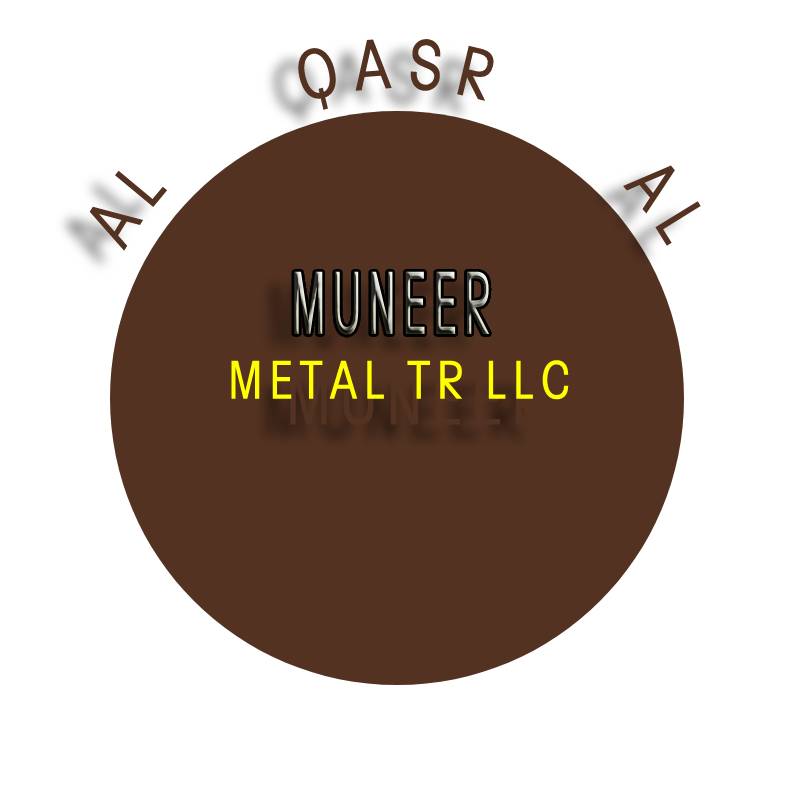Titanium Cost: A Comparison with Steel and Gold
Titanium is an essential metal known for its exceptional strength-to-weight ratio, corrosion resistance, and high melting point. These properties make it invaluable in industries such as aerospace, medical, defense, and consumer products. However, titanium cost is often a concern, especially when compared to other widely used metals like steel and gold.
In this article, we will not only explore the factors that influence titanium cost but also compare its cost with that of steel and gold to give a clearer picture of its market positioning
Titanium Production Cost
Production of titanium cost involves multiple stages: mining, refining, alloying, and manufacturing. Each stage contributes significantly to the overall expenses. Let’s examine these stages, while also noting how they compare with the production processes of steel and gold.
a. Mining and Extraction
Titanium: Its extraction from ores such as ilmenite and rutile is a labor-intensive process. Its cost in mining ore is relatively high due to the need for advanced technology and machinery, especially when extracting rutile, which is purer but harder to find.
Steel: Steel is derived primarily from iron ore, which is abundant and much cheaper to mine compared to titanium ores. The cost of extracting iron ore is lower because of its widespread availability and simpler extraction processes.
Gold: Gold is mined in a similar fashion, but gold deposits are far rarer and require more complex and costly extraction techniques, including cyanide leaching. Gold mining is much more expensive than steel and titanium cost of steel mining, but due to its higher market price, the cost is offset by its value.
b. Refining and Purification
Titanium: The refining process of titanium is energy-intensive, especially with the Kroll process. It requires large amounts of energy to convert titanium tetrachloride (TiCl₄) into titanium sponge, a purified form of the metal. Thus high cost refining is a primary driver of titanium cost.
Steel: Steel refining, particularly through the basic oxygen furnace method, is less energy-intensive than titanium refining. The cost of refining steel is much lower due to its simpler and more established production methods.
Gold: Refining gold is costly and involves separating it from impurities using processes like cyanide leaching or electrolysis. While gold refining is expensive, the high market price of gold compensates for these costs.
c. Alloying and Processing
Titanium: Titanium alloys are more complex to produce and are often used in demanding applications such as aerospace and medical implants. Alloying requires high precision and directly impacts the titanium cost. Additionally, titanium is difficult to machine, which raises processing costs further, contributing to the overall titanium cost.
Steel: Steel is easier to alloy and process compared to titanium. Incorporating elements like carbon, chromium, and nickel to produce various steel types is significantly more cost-effective than the complex alloying required for titanium. This complexity substantially increases the titanium cost, making it a more expensive option for applications where such properties are essential.
Gold: Gold is easily alloyed with other metals, like copper or silver, to improve its hardness or change its color. However, gold alloys are generally more expensive to produce compared to steel alloys due to the high base cost of gold. While gold remains pricier overall, titanium cost also tends to be higher than steel because of its complex refining and alloying processes.
d. Manufacturing and Fabrication
Titanium:Manufacturing titanium into usable forms, such as sheets or rods, requires specialized equipment because the material is tough to work with. Titanium’s strength and resistance to wear and tear make it difficult to machine, leading to higher labor and tool costs. These challenges significantly contribute to the overall titanium cost.
Steel: Steel is much easier to manufacture. It is widely available in standardized forms and can be fabricated using conventional methods like casting, forging, and welding, all of which are less expensive compared to the specialized processes required for titanium. These differences in manufacturing methods contribute to the higher titanium cost.
Gold: Gold is a soft metal, making it easy to shape and mold into various products. The cost of fabricating gold items is relatively low compared to titanium due to gold’s softness and malleability. In contrast, the toughness of titanium raises the titanium cost during fabrication. However, high-end products such as gold jewelry may still involve more labor-intensive processes.
Comparison of Titanium Cost with Steel, and Gold
The cost of titanium can be significantly higher than that of steel, but it is typically much lower than gold. Let’s break down the cost comparison:
a. Titanium vs. Steel
Titanium: The titanium value is typically 3-4 times higher than steel. The price of titanium is around $4 to $6 per pound, depending on market conditions and the form of the material (e.g., titanium sponge or alloy). Titanium’s high production costs are primarily due to the complex refining, alloying, and manufacturing processes, coupled with the high energy demands.
Steel: Steel is one of the most affordable metals on the market, costing roughly $0.50 to $1.00 per pound. This is because steel is abundant, easily extracted, and refined using well-established processes. Steel is also cheaper to manufacture, which makes it the material of choice for many industries.
b. Titanium vs. Gold
Titanium: Titanium is much more affordable than gold. The price of titanium (around $4 to $6 per pound) is a fraction of that of gold. However, titanium’s properties, such as its strength, lightweight nature, and corrosion resistance, make it a preferred choice for industries like aerospace and medical applications, despite its higher cost.
Gold: Gold is one of the most expensive metals on the market, with a price that can fluctuate significantly, often reaching $1,800 to $2,000 per ounce (about $28,800 to $32,000 per pound). The high cost of gold is due to its rarity, the complexity of extraction, and its role as a store of value.
Gold is primarily used for jewelry, investment, and high-tech applications, but its high cost limits its use in industrial applications where other metals like titanium are more cost-effective.
Factors Affecting Metal Cost
Raw Material Availability: Titanium, gold, and steel prices are heavily influenced by the availability of raw materials. While iron ore (for steel) is abundant and relatively inexpensive, titanium and gold are rarer and more difficult to extract.
Energy and Labor Costs: Titanium production is energy-intensive, which raises its cost. Gold mining is also energy and labor-intensive, making it more expensive than steel production.
Global Demand: Steel is in high demand across a wide range of industries, making its cost more stable and affordable. In contrast, titanium is more niche, used in specialized industries like aerospace and medical implants. Gold’s demand fluctuates based on investment trends and geopolitical factors.
Conclusion
When compared to steel and gold, titanium occupies a unique position in terms of cost. While it is significantly more expensive than steel, it is still much more affordable than gold. Titanium cost is largely driven by the complex processes involved in its extraction, refining, and manufacturing.
Despite its higher cost, the remarkable properties of titanium—strength, lightweight nature, and corrosion resistance—make it an indispensable material in high-performance applications.
Steel remains the go-to choice for most industries due to its lower cost and versatility, while gold, despite being much more expensive, is prized for its rarity and use in luxury products and investment. Each of these metals serves specific industries and purposes, and their costs reflect their unique characteristics and market demand.



